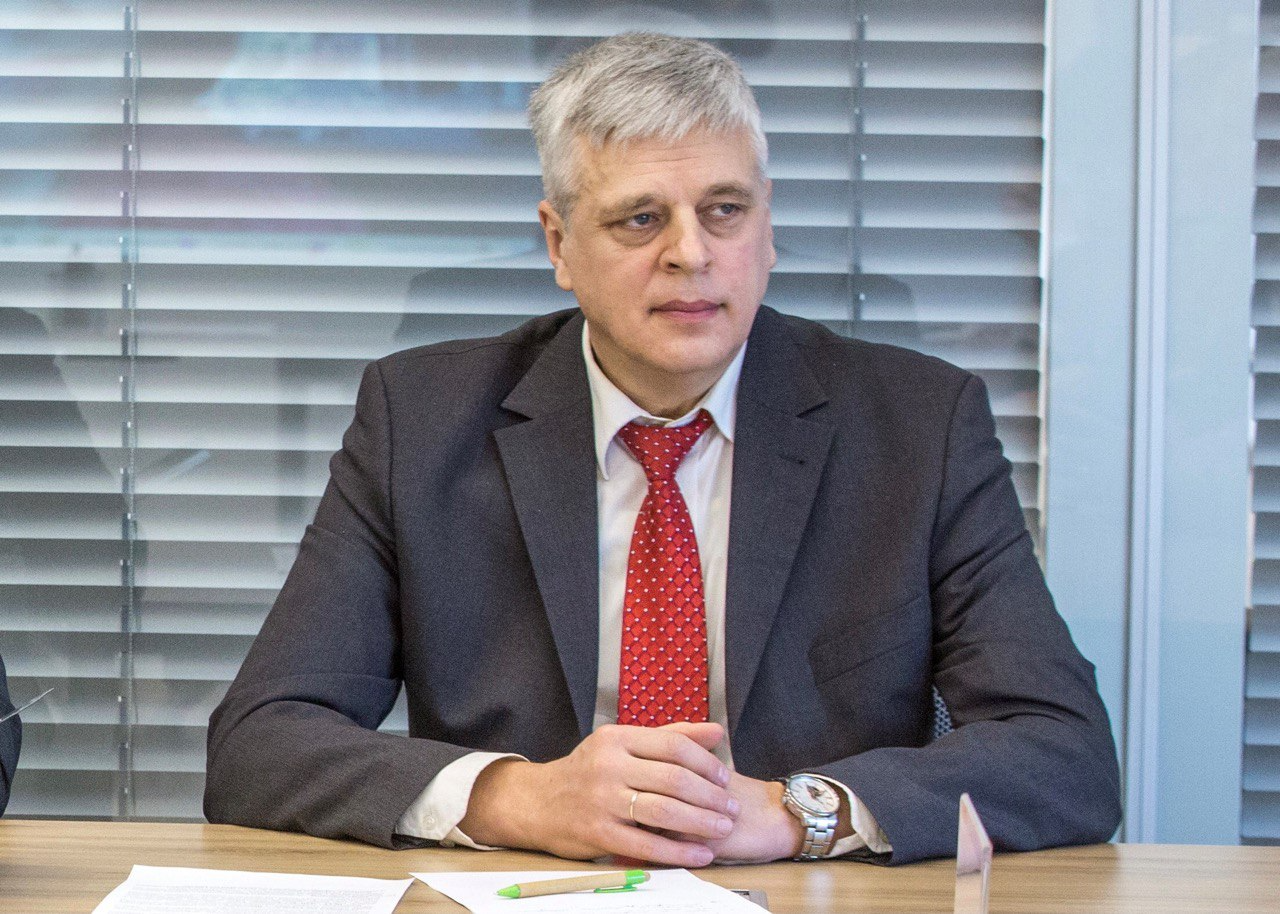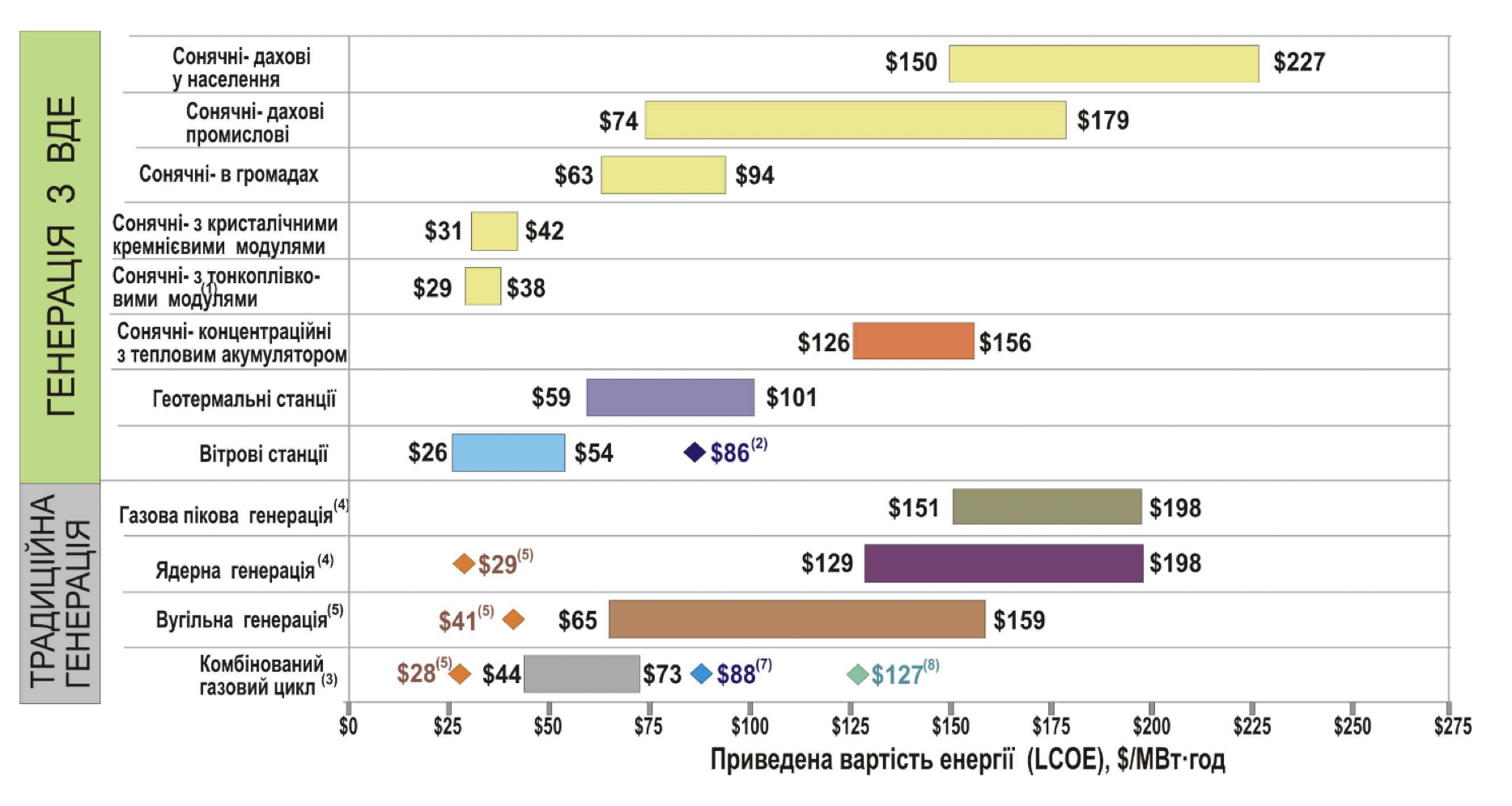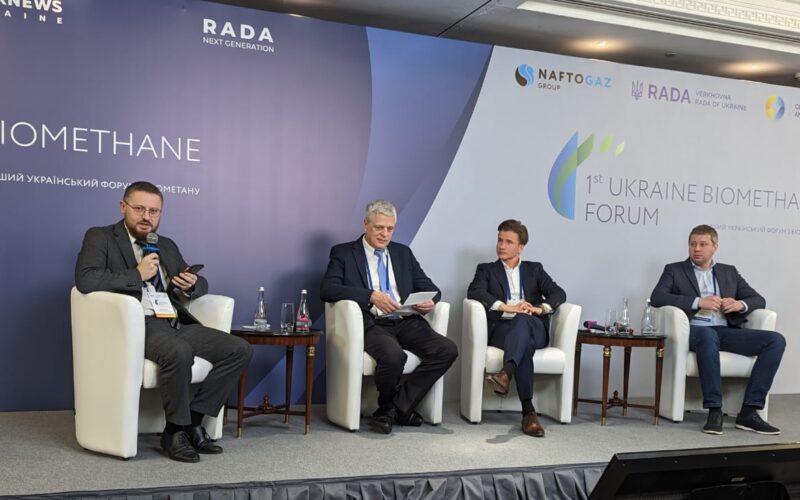Georgii Geletukha: “Subsidizing” renewable energy in Ukraine

One of the arguments among RES’s opponents is something like this: “Ukraine now actually subsidizes solar and wind energy producers in the amount of up to $ 2 billion annually. This is the so-called green tariff. Where will we find these funds?”
We have a few comments on this. These allegations could be seriously considered and analyzed if at least some other types of new power generation were built in Ukraine “without subsidies” (NPPs, coal, gas, etc.), and RES, in contrast, would require subsidies. But during the whole period of Ukraine’s independence, no new unit of traditional power generation has been built in the energy sector. We are exploiting what is left of Soviet times. New power generation capacity has been built only in renewable energy – more than 9,000 MW with a total investment of more than $ 12 billion.
During the whole period of Ukraine’s independence, no new unit of traditional power generation has been built in its energy sector.
Georgii Geletukha
Why is there no investment in traditional generation?
Due to the misconception that the investor will come and build new capacity at the rates that exist in our model of the electricity market. If this market were full, the lack of electricity or capacity would lead to higher electricity prices. And these higher prices would encourage investors to build new capacity. But our market is imperfect — in each segment, there are upper price caps. With the current price level, no investor is interested in building any new capacity. So, we are doomed to exploit capacities that have already worked for 40-50 years. Must admit, we are confidently moving towards energy collapse.
With the current price level, no investor is interested in building any new capacity.
Georgii Geletukha
Why has there been a breakthrough in renewable energy?
Because investors in RES were exempted from these rules, setting them a clear green tariff and its terms. Investors believed and built a new powerful electricity sector almost from scratch. Therefore, we do not agree in principle with the term of RES subsidy. We believe that the green tariff was an absolutely necessary mechanism to support the construction of a new generation in the imperfect market model that we have. By the way, only facilities put into operation by the end of 2022 can receive a green tariff, so for new facilities it is actually completed. It should be replaced by a mechanism to support RES through auctions.
Why is RES inexpensive?
One of the myths spread by RES opponents is that renewable energy is too expensive. They compare the cost of electricity from an existing fully depreciated coal-fired power plant, which does not meet modern environmental requirements, for which fuel is artificially cheaper due to up to UAH 5 billion in annual state subsidies to the coal sector, with the cost of electricity from a new solar, wind or biomass plant. This is an incorrect comparison. It would be correct to compare the cost of electricity from a new coal-fired power plant, which has not yet been depreciated, meets all environmental requirements, and operates on unsubsidized coal, with electricity from a new RES power plant. The result of the comparison would be completely different — renewable energy is cheaper than traditional. Since the depreciated capacity of traditional power generation still needs to be replaced, the question should be whether to build new coal, nuclear, gas power plants, or new RES power plants instead.
Renewable energy is cheaper than traditional.
Georgii Geletukha
One of the representatives of the Ministry of Energy in a public speech said that he supports the development of RES, but “on market conditions in competition with other types of a generation”. The only question is about the competition with which types of the generation he is talking about: with the existing units, or with the new units that need to be built to replace the used ones. If we talk about competition with the existing capacities, no unit of either traditional or renewable generation will be built in Ukraine, because electricity will be more expensive from them than from the existing expired units. So, not to build new facilities? If we are talking about competition with new stations – we fully agree and RES power plants are absolutely competitive.
Expert forecasts
The Swiss company Lazard annually compares the cost of energy from different types of electricity generation. This comparison shows that the cost of energy from RES is constantly decreasing, while from traditional generation is increasing. So, for industrial solar and wind power plants, electricity from renewables is cheaper than electricity from traditional generation. And every year this difference in favor of RES is only growing. There are also calculations by the Finnish company Wärtsilä, which has calculated scenarios for the development of electricity until 2050, especially for Ukraine. They show that it is more profitable to build new power plants on RES. The scenario providing the cheapest electricity envisages a share of 83% of RES by 2050.

But if all calculations demonstrate the advantage of accelerated RES development, why do even those authorities often continue to claim that RES development is “beyond our means”? Probably, someone wants to keep a little more on these “low” electricity prices, ignoring the need to build new power generation facilities, among which RES are the cheapest.
How will it end? We are convinced that the collapse of the energy sector will await us. This is the position of an ostrich that hides its head in the sand. The longer we continue on “cheap” electricity, without building a new generation, the greater will be the rise in prices later. Therefore, the position of killing the existing energy system is a dead end. The state must make a strategic decision on the direction of our energy development, and investors will respond to it with their investment decisions.
The material reflects the opinion of the expert Georgii Geletukha, Head of the Board of the Bioenergy Association of Ukraine, Member of the Board of the public association “Global 100 RE Ukraine”


